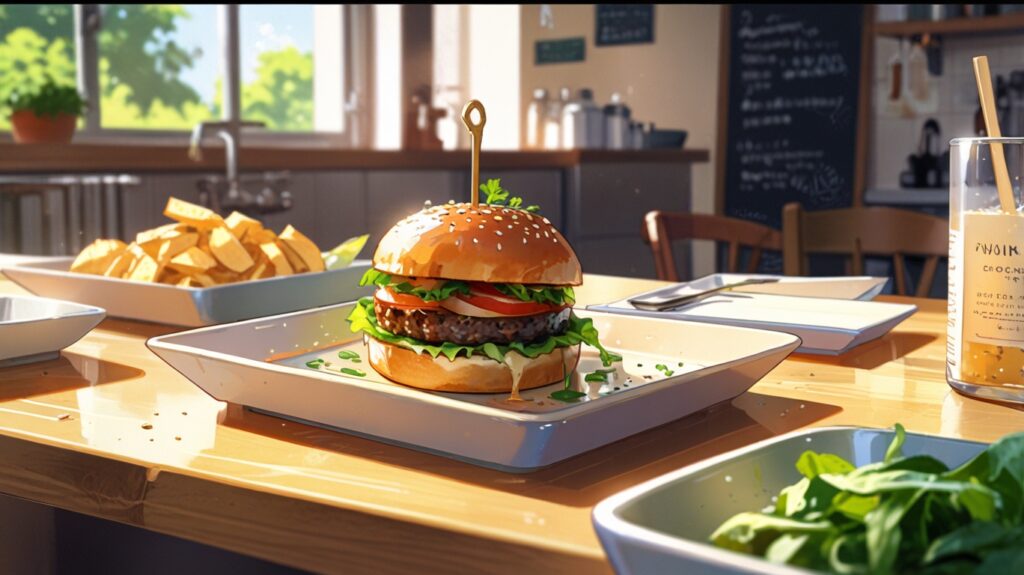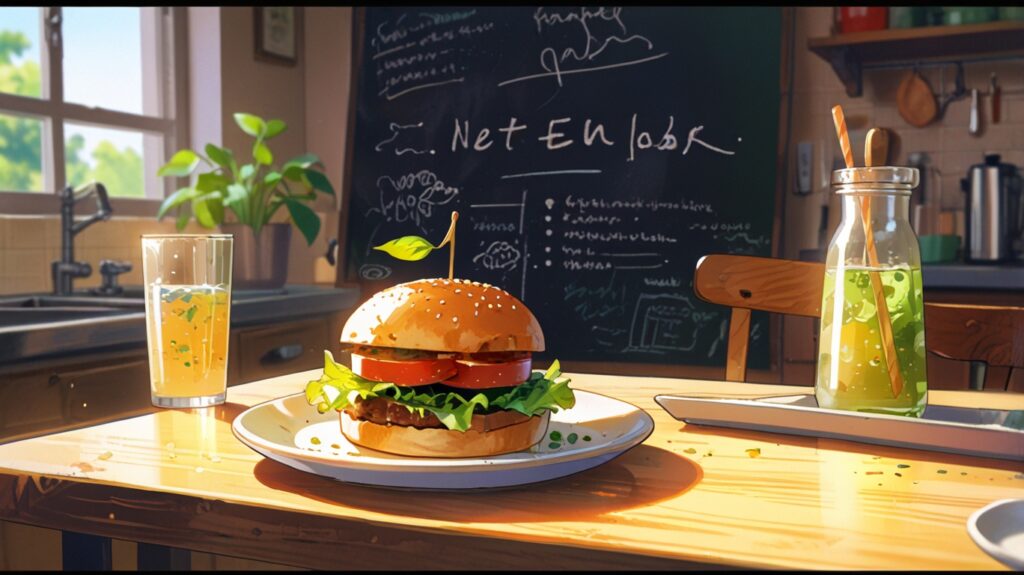Can lab-grown fat improve meat alternatives?
Can Lab-Grown Fat Improve Meat Alternatives?
Okay, real talk — meat alternatives have come a long way. Remember when plant-based burgers tasted like cardboard with ketchup on top? Yeah, not cute. But now? We’ve got burgers that actually bleed (thank you, heme protein) and chicken nuggets that are eerily close to the real thing.
But something still feels… off, right? The flavor is decent, the texture is getting there — but there’s still something missing that makes real meat, well, meat.
And that missing piece?
Fat.
Yup. The creamy, melty, flavorful stuff that makes a burger juicy, a steak tender, and bacon… bacon-y.
So, here’s the big question:
Can lab-grown fat improve meat alternatives?
Short answer? Yes, massively.
Long answer? Let’s break it down — in plain words, no science degree required, and maybe with a few burger cravings along the way.
Why Fat Matters So Much in Meat
Let’s be honest: fat makes food taste better. Period.
In real meat, fat does a ton of heavy lifting:
Flavor carrier: Fat absorbs and delivers all those rich, savory notes you associate with meat.
Texture king: It gives meat that juicy, tender, melt-in-your-mouth feeling.
Scent enhancer: When you cook meat, fat helps release those mouth-watering aromas.
Without fat? You’re left with something dry, chewy, and kind of sad.
Most plant-based meats try to mimic this by using coconut oil or canola oil. And while that works okay, it’s still not quite the same as the intramuscular fat (a.k.a. marbling) you get in real meat.
That’s where lab-grown fat — also called cultivated fat — comes in.
What Even Is Lab-Grown Fat?
Okay, here’s the not-so-scary science part.
Lab-grown fat is made by taking a small sample of animal cells (usually from a cow, pig, or chicken) and growing those fat cells in a controlled environment. No animals are harmed, and no full animal needs to be raised.
Think of it as brewing fat, kind of like how beer is brewed in tanks. But instead of hops and yeast, scientists feed the fat cells a nutrient-rich broth so they grow, multiply, and eventually form… actual animal fat.
It’s real fat — but no slaughter, no factory farming, and waaaaay less environmental damage.




Why This Changes the Game for Meat Alternatives
Let’s say you’ve got a decent plant-based burger. The patty is made from pea protein or soy or some other plant magic. It’s solid. But now you add cultivated fat into the mix?
Suddenly it:
Tastes more like meat
Because the fat is real animal fat. The flavor profile becomes way more authentic.
Feels more like meat
Because real fat melts differently than plant oils. It’s softer, smoother, and releases flavor as you chew.
Cooks more like meat
Imagine biting into a burger and getting that sizzle, that juiciness — that happens because of fat. Cultivated fat can recreate that moment.
In short: lab-grown fat turns a decent meat alternative into a near-perfect meat experience — without the cow.
Real Companies Doing This Right Now
This isn’t just some distant future thing. There are real people growing real fat in real labs as you read this. A few standouts:
Mission Barns – They’re creating cultivated pork fat and blending it into plant-based sausages, bacon, and more. The results? Chef’s kiss.
Peace of Meat – Based in Europe, they specialize in chicken fat. They want to help food brands add real fat to their plant-based recipes.
Cubiq Foods – These folks are focused on “smart fat,” creating fat blends that are not only tasty but also healthier.
This hybrid approach — mixing lab-grown fat with plant-based meat — could be the thing that finally wins over hardcore meat lovers.
Is It Safe? Is It Legal? Can I Eat It Yet?
So far, cultivated fat has passed early safety testing and regulatory reviews in a few places (Singapore, we’re looking at you — the real MVP of food tech). But most countries are still figuring out how to regulate and approve these products.
That means it’s not widely available yet, but it’s coming fast.
In the next few years, we could see:
Cultivated fat in plant-based burgers at your local grocery store
Hybrid chicken nuggets that taste exactly like the ones you loved as a kid
Sausages that sizzle and pop like the real thing — but with zero animal cruelty involved
And honestly? That’s a future worth looking forward to.
What About the Environment?
Oh yeah, this part is huge.
Raising animals for meat takes an enormous toll on the planet. We’re talking:
Deforestation
Methane emissions
Massive water and land usage
Cultivated fat (and cultivated meat in general) uses a fraction of the resources, generates less pollution, and doesn’t involve raising or killing billions of animals.
It’s not perfect yet — growing fat in labs still requires energy and tech — but it’s a major step in the right direction.
Final Thoughts
So, can lab-grown fat improve meat alternatives?
Absolutely. In fact, it might be the missing piece.
It brings the flavor, the feel, and the indulgence that meat-lovers crave — without the ethical baggage or environmental destruction.
And yeah, it’s still early. The tech is evolving. The prices need to come down. The approvals are still rolling in.
But once it hits the shelves?
Your next burger might just be the perfect blend of plants, science, and fat — and you’ll never look at veggie patties the same way again.
Related Articles from EdgyThoughts.com:
Can Dark Energy Maps Redefine Cosmic Evolution?
https://edgythoughts.com/can-dark-energy-maps-redefine-cosmic-evolution/
Could Rogue Planets Support Hidden Oceans?
https://edgythoughts.com/could-rogue-planets-support-hidden-oceans/
External Resource:
Learn more about cultivated fat and the future of food:
https://en.m.wikipedia.org/wiki/Cellular_agriculture
Can Mushrooms Grow in Space Environments?
https://edgythoughts.com/can-mushrooms-grow-in-space-environments/
What if werewolves truly existed today?
https://edgythoughts.com/what-if-werewolves-truly-existed-today/





